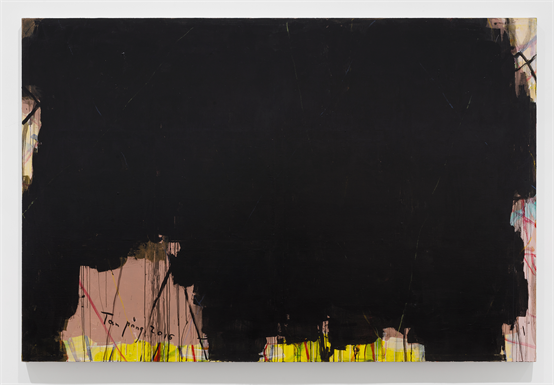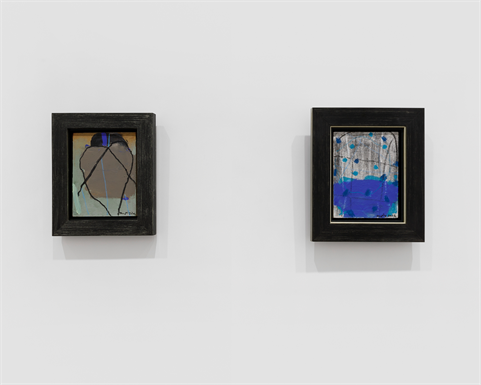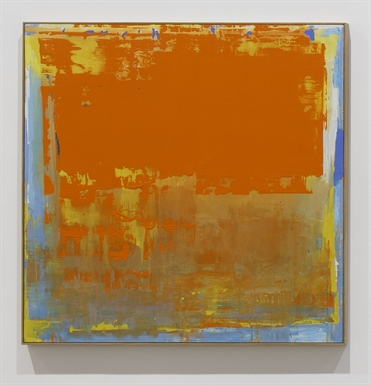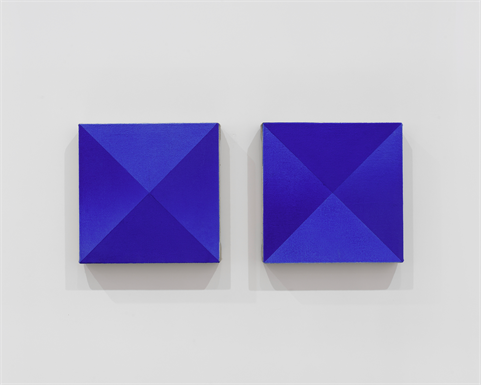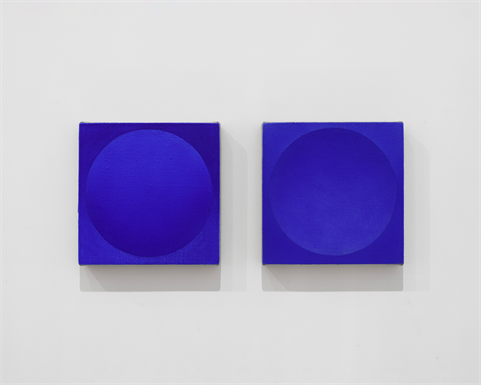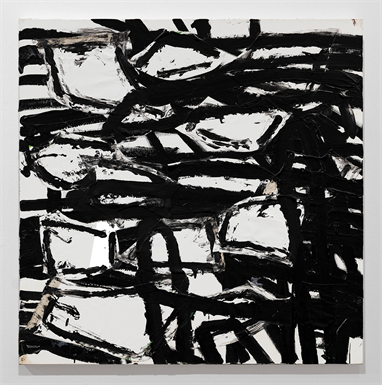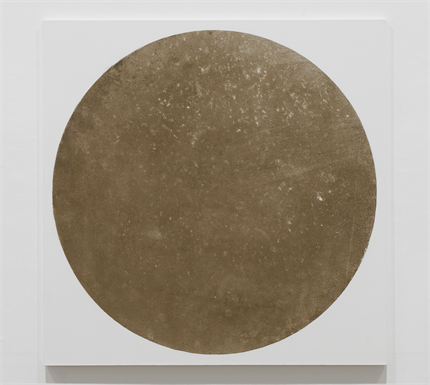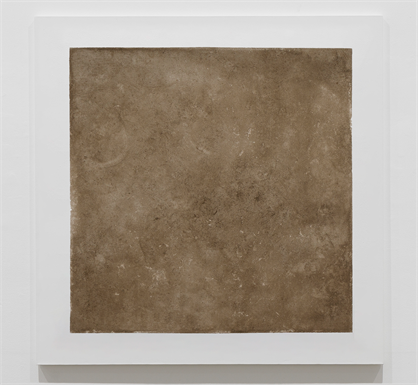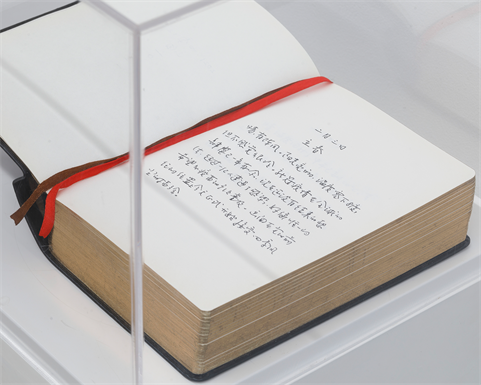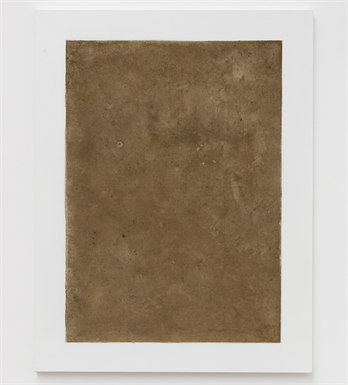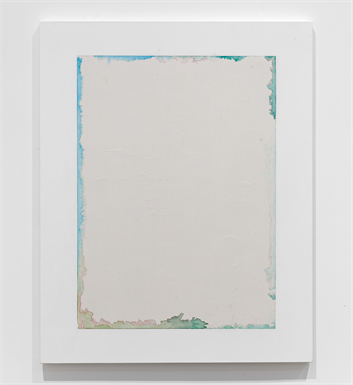Sep 23 - Nov 26, 2022
Press Release
If Christian paradise is the epitome of transcendental utopia, Plato's 『The Republic(共和國)』 (360 BC) is the first example of describing a utopia in reality, which then leads to Thomas More's novel2 . Afterwards, utopia, which was mainly described literary, began to be discussed in the concrete social theory of the late eighteenth century. Utopia's space has gradually moved from virtual to reality, and the variables that made this possible include the discovery of the New World, the French Revolution, which lead to the formation of modern civil society and the industrial revolution. As the social and technical means of enabling utopia actualities, utopia becomes reality. Accordingly, utopian literature also revitalizes from the end of the 19th century. In particular, many travel novels seeking to escape to utopia are written, the painted versions of these are Paul Gaugin’s Tahiti paintings and Henri Matisse's (1904-05) depicting paradise. Thus, the concepts and ideas of utopia, which were accumulated in the 20th century, are comprehensively experimented and applied to real society as in the former Soviet Union. It takes the form of an adaptation through an opportunity known as 'modernity' first and foremost. The belief that the utopia which humanity has dreamed of has arrived in its eyes, the myth of modernity which has found idealism in contemporaneity and modernity has risen to modern utopia.
Abstract art is an example of this
modern utopianism, a characteristic of avant-gardism which reveals the ideals
of art in novelty. Abstract artists have proposed a new way of seeing the world
in different ways, a map of contemporary utopia created in different contexts.
Consequently, the history of abstract art reveals the history of utopia,
achieved by reacting and colliding with one another with the level of complex
concepts implicit in utopia.
Abstract art, which creates a completely
different space from reality, has become a bowl suited to another world,
utopia. In particular, abstract art invented as a modern style has been a good
tool to reproduce different ideologies formed around modernity and different
utopian visions they see. However, at the end of the 20th century, abstract art
invented by 20th century art also confronted crisis. When the so-called
postmodern era, where modernity lost its foundation of trust, everything
modern, every new ideology, or vision of a new society based on it, or an
abstraction of it as a new form of containing it seemed meaningless. However,
although abstract art is faced with such a crisis, it cannot be said that it
has disappeared, because above all, examples that seem like abstract art are
still visible.
Abstract art has denied the form of things, much like utopian planning has excluded real people. Moreover, just as Utopia's stories were centered on the representation of a permanent ideal society, the rhetoric of abstract art was also dedicated to ‘art for art.’ However, abstract art is also in question, just as utopia did not occur, and in the same way that the desire for utopia has not grown cold, abstract art remains in the history of art by altering its appearance. All this is not a coincidence because utopia is not a concrete reality but an "abstract image" and hence abstract art is a map of utopia.
This exhibition attempts to join the Chinese-Avantgarde utopians who have pursued their own utopia, from the form and structure of abstraction to unique vernacular expression, mind, and circumstances of the time from the late twentieth century to the present day, and is based on the awareness that "no art can be separated from the totality of life as long as it is a human activity" and attempts to plant abstract art which was wiped out from life by modernism that recognizes only the pure form. Moreover, this exhibition shows that the intent is to examine the new discourses that emerged after modernism as a visual icon.
Curator Article
House of Utopianism: Abstract art, an iconographic depiction of aspirations for Utopia
By LEE Janguk
Abstract art or abstractness of art has been conceived(胚胎) long since the origin(始原), being passed down(傳承) as the main gene through the history of art. What art invented in the 20th century was the name ‘abstract art’ rather than the genre itself. In other words, abstract art is not a newly created concept. It can be defined as a concept that emerged on the surface of art history by naming what originally existed. As Plato mentions in 『Philebus』, abstract art emerged as an epitome of contemporary art in a form of securing aesthetic legitimacy "as its own nature." In order to reveal the social and historical context of ‘L'Art Pour L'Art,’ it is necessary to set up a general representation of beauty "as its own nature" which can directly lead to ‘utopia.’ Discussions can be drawn on the premise that utopianism, or utopianism, creates its representation in a specific shape, which is the vision of a specific society and era. Discussions can be drawn on the premise that the vision of a utopia, in other words, utopianism of a specific society and era is created in a specific figure.
If Christian paradise is the epitome of transcendental utopia, Plato's 『The Republic(共和國)』 (360 BC) is the first example of describing a utopia in reality, which then leads to Thomas More's novel. Afterwards, utopia, which was mainly described literary, began to be discussed in the concrete social theory of the late eighteenth century. Utopia's space has gradually moved from virtual to reality, and the variables that made this possible include the discovery of the New World, the French Revolution, which lead to the formation of modern civil society and the industrial revolution. As the social and technical means of enabling utopia actualities, utopia becomes reality. Accordingly, utopian literature also revitalizes from the end of the 19th century. In particular, many travel novels seeking to escape to utopia are written, the painted versions of these are Paul Gaugin’s Tahiti paintings and Henri Matisse's <Luxe, calme et volupté> (1904-05) depicting paradise. Thus, the concepts and ideas of utopia, which were accumulated in the 20th century, are comprehensively experimented and applied to real society as in the former Soviet Union. It takes the form of an adaptation through an opportunity known as 'modernity' first and foremost. The belief that the utopia which humanity has dreamed of has arrived in its eyes, the myth of modernity which has found idealism in contemporaneity and modernity has risen to modern utopia.
Abstract art is an example of this modern utopianism, a characteristic of avant-gardism which reveals the ideals of art in novelty. Abstract artists have proposed a new way of seeing the world in different ways, a map of contemporary utopia created in different contexts. Consequently, the history of abstract art reveals the history of utopia, achieved by reacting and colliding with one another with the level of complex concepts implicit in utopia.
1. Transcendental Vision: The Work of Pioneer Abstract Artists
Abstract art is an avant-garde that makes the logic of progress a reality, where the ultimate symbol of spirituality in which the appearance of the material world disappears and shakes the existing world from the ground up. Early abstract art was a warrior who was at the front line of art, and in that regard, it was a kind of futurism. However, disconnecting from reality is essential for the realization of the future. For them, the concrete reality of the time was an obstacle which it was possible to destroy in consequence. Abstract was born out of the deletion and exclusion of 'figure'. Conversely, the utopia of abstract art is a dystopia which excludes unnecessary things to extract pure shapes.
2. Built Environment: Russian Constructivism(構築主義), De Stijl, Bauhaus
If the pioneers of abstract art had shown the world ahead of time, there were utopians who wanted to build the world in the present. They were Russian Constructivism, De Stijl from the Netherlands, and Bauhaus in Germany, practitioners who sought to incarnate visionary utopia before their eyes. For them, abstraction was a formal mean and a physical element to embody the real environment.
Thus, the geometrical environment that the artists wanted to construct at the beginning of the 20th century was a refined form of the utopian structure accumulated in history, founded on humanism to construct external reality in a form corresponding to the human mind. To them, technology was not merely a technical tool, it was in the context of the historical era that created the so-called ‘De Stijl,’ the world in which the style was applied, and the purpose it sought. The geometric space where buildings known as ‘international style’ derived from the Bauhaus cover cities all over the world with a uniform structure is a space of imperial ambitions to eliminate racial and cultural differences to establish a fascist utopia capital. It can be said that Western thinking is emerging as a multinational capitalism that expands around the world through the artification of products or the commercialization of art.
3. The Two Sides of the Capitalist Spectacular: Abstract Expressionism and Minimalism
The shift in abstract form from geometric to amorphous starting from World War II proves that the ideology it supports has shifted from universalism to individualism and from egalitarianism to liberalism. In "American Action Painters" by Harold Rosenberg, ‘American Action’ can be read as a demonstration of the ‘independent behavior of an individual person in a liberal state called the United States’. Abstract expressionists not only portray a utopia where individual freedom is guaranteed, but also say that it is the United States, so the whole world should be incorporated into the United States. Mark Tobey and Franz Kline's ‘New York’ paintings are direct examples.
Minimal art creates a sense of ‘euphoria’ which maximizes visual perception (視知覺), as in Donald Judd's installation, where flashing metallic boxes are arranged in a row. It belongs to the commercial world as a kind of hyperspace (招空間) where it is a materialized meaning that stops the eye on the surface of matter. and therefore, fails to penetrate the inner depth of the subject. At the same time, however, it secures the so-called 'artistic difference' which differs from the product in that it is a greatly enhanced illusion which leads to a momentary ecstasy. The fact that it is a pure meaning itself that is disconnected from the functionality of the product. and that it is an experiment within the institutional space of an art museum also contributes to this difference. Minimal art therefore becomes art that has the characteristic of products. It becomes a utopian vision that dictates the world in which products enter the realm of art, the domain of a more advanced capital.
In this way, minimal art presents a sublime vision of capitalist utopia in a way that embodies commercialization and reveals the differences of it at the same time. By this process, it becomes yet another art-product only more expensive than a product. As in the case of abstract expressionism, the utopian act of countering the commercialization of capitalism creates an irony that becomes more complex with the system. In the end, the history of abstract art in the second half of the 20th century is nothing but the history of art being incorporated into the capitalist spectacle. Abstract expressionist art with a face that stands up to the commercialization of capitalism and minimal art that openly takes the face of a product all become more expensive goods than other products. These two apparently conflicting tendencies are in fact the two sides of the same entity, the Capitalist Spectacle, in which everything is converted into exchange value.
Postface
Abstract art, which creates a completely different space from reality, has become a bowl suited to another world, utopia. In particular, abstract art invented as a modern style has been a good tool to reproduce different ideologies formed around modernity and different utopian visions they see. However, at the end of the 20th century, abstract art invented by 20th century art also confronted crisis. When the so-called postmodern era, where modernity lost its foundation of trust, everything modern, every new ideology, or vision of a new society based on it, or an abstraction of it as a new form of containing it seemed meaningless. However, although abstract art is faced with such a crisis, it cannot be said that it has disappeared, because above all, examples that seem like abstract art are still visible.
Abstract art has denied the form of things, much like utopian planning has excluded real people. Moreover, just as Utopia's stories were centered on the representation of a permanent ideal society, the rhetoric of abstract art was also dedicated to ‘art for art.’ However, abstract art is also in question, just as utopia did not occur, and in the same way that the desire for utopia has not grown cold, abstract art remains in the history of art by altering its appearance. All this is not a coincidence because utopia is not a concrete reality but an "abstract image" and hence abstract art is a map of utopia.
This exhibition attempts to join the Chinese-Avantgarde utopians who have pursued their own utopia, from the form and structure of abstraction to unique vernacular expression, mind, and circumstances of the time from the late twentieth century to the present day, and is based on the awareness that "no art can be separated from the totality of life as long as it is a human activity" and attempts to plant abstract art which was wiped out from life by modernism that recognizes only the pure form. Moreover, this exhibition shows that the intent is to examine the new discourses that emerged after modernism as a visual icon.

